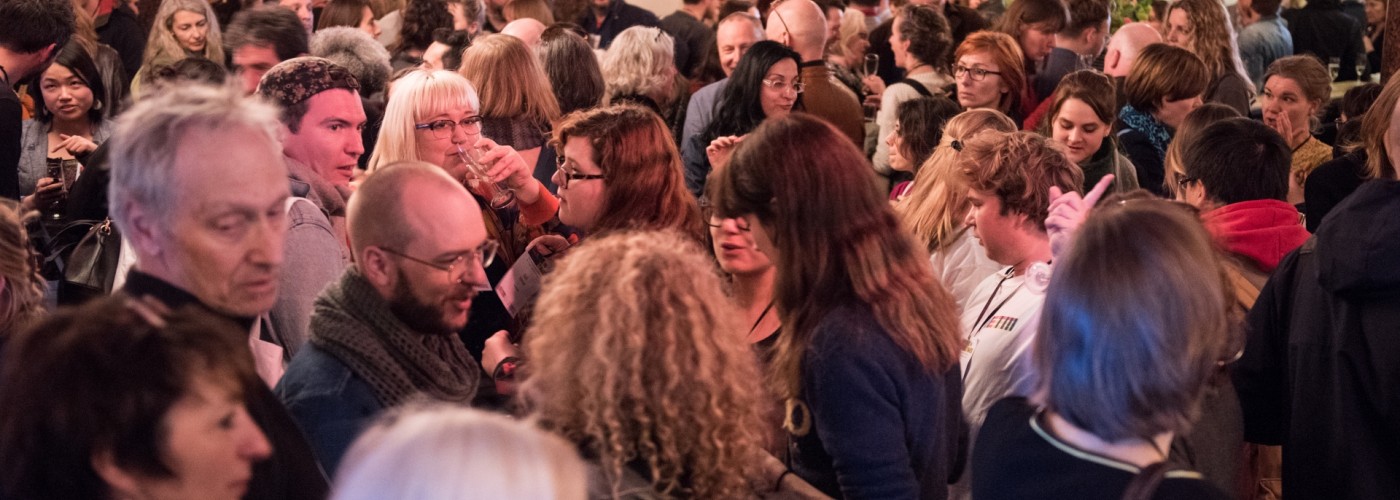Senses of Liveness for Digital Times
Opening Keynote Speech by Sally Jane Norman.
Performing arts allow us to creatively challenge digitally remediated experience, and to collectively reflect on and explore its prolific scales, materials, and modes of existence. Through celebrations of diversity and idiosyncracy, live performance helps us counter the normative pressures of digitisation. This keynote looks at how theatre - Artaud's crucible - is a uniquely powerful means for mobilising the poetic energies that characterise what is human, and what it is to be human. This in turn is seen as a source of vital resilience, tuning our senses of liveness to digital - and post-digital - times.
Live Performances in Digital Times: an Overview
The ‘digital shift’ is one of the key issues in today’s societies all over the world – and therefore something that naturally concerns the performing arts. This mapping explores how digital technologies are used at the different stages of the artistic process (creation, production, dissemination, archiving…) and to what aims (inspiration, audience engagement and development, marketing, sharing…). Pairing a solid theoretical part with a large number of examples from across Europe and outside, it provides an overview of live arts in digital times
Virtually Performing the Space
The goal of the session in IETM Budapest was to discuss the opportunities and risks created by social media platforms, which can also be used by the performing art sector. Can the digital tools enable their users to express what they want and how they want? Are these platforms killing the live quality and appeal of the performing arts or do they represent a new possible form of participatory theatre? Is virtual space the new public space?
Who's afraid of the digital?
How can the arts embrace the changes triggered by the new technologies without compromising on creativity nor ignoring the neoliberal agendas and private economic interests lurking behind innovation? A cultural operator and an expert of online surveillance engage in a lively dialogue about the potential and the risks of new technologies and social media - and about existing alternatives to the current trends. Enjoy the article in English, in French or in its original bilingual version (English - French)!
Online Interactive Risk Assessment Tool (OiRA)
OiRA is a web platform that enables the creation of sectoral risk assessment tools in any language with in an easy and standardised way.
The Power of Culture and the Arts
This appeal – signed by the European Alliance for Culture and the Arts, is urging policy makers to re-think the European approach and include culture and the arts in the long-term strategic goals of the European project. By doing so, the EU acknowledges their essential role in the development of European societies.
The 'Ward report' on Intercultural Dialogue and Education
First initiated after the Charlie Hebdo and Danish attacks, the 'Ward Report' focuses on the importance of dialogue between different cultures, cultural diversity and education as a way to strengthen society.
Cultural Diversity Code
The Cultural Diversity Code was developed in 2010 by the dutch cultural sector with support from the Ministry of Education, Culture and Science. A code of conduct, it is a practical tool, both a framework as well as a specific guidance, to assist organisations in formulating and putting into practice ambitions and objectives in the area of cultural (ethnic) diversity. The aim of the code is to permanently embed diversity in cultural organisations. It focuses on the following four aspects of cultural organisations: programming, public reach, partners and staff / management policy.
Governance Code for the Cultural Sector
The cultural sector is notable for its diversity but all organisations must now devote greater attention to risk management, effective supervision, accountability and the challenges of working with mixed funding flows. This Governance Code will help them to ensure that all management and supervision arrangements are in order. It sets out nine principles together with recommendations for their practical implementation.

